Quails in Georgia are small, secretive birds that are often overlooked despite their fascinating behaviors and vibrant patterns. Native to various habitats ranging from grasslands to forest edges, these birds provide birdwatchers and hunters with rewarding sightings throughout the year. Understanding the key differences among the quail species in Georgia can greatly enhance your ability to identify and appreciate these remarkable birds in the wild.
These birds exhibit a combination of ground-dwelling habits, unique calls, and social behavior that sets them apart from other game birds. Observing their feeding routines, courtship displays, and preferred habitats can provide insight into their ecological importance. While quails are generally shy and quick to hide in dense vegetation, careful observation during the right season can lead to unforgettable encounters.
This guide will explore the three primary species of quail in Georgia. Each species will be examined in detail, including their physical characteristics, identification tips, size, behaviors, feeding habits, habitats, and the best times and locations for spotting them. By the end, you will have a comprehensive understanding of how to recognize and enjoy quails in Georgia’s diverse landscapes.
Common Types of Quail Found in Georgia
Northern Bobwhite (Colinus virginianus)
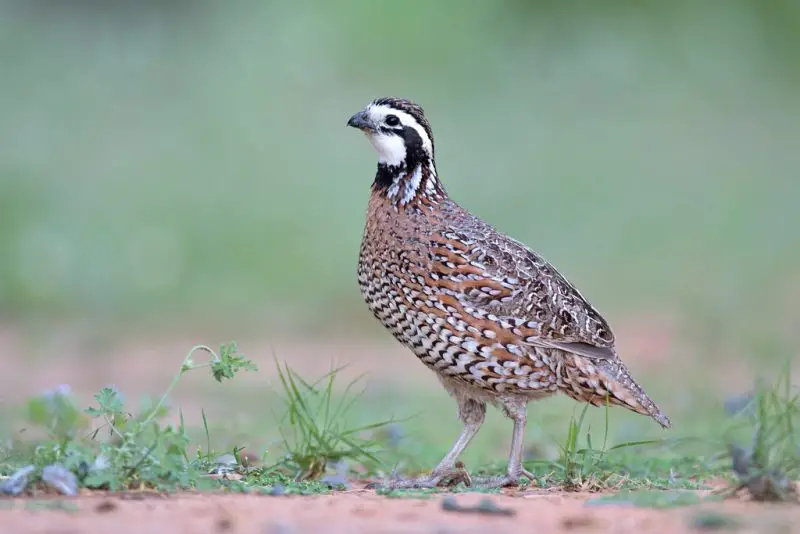
The Northern Bobwhite, often simply called the bobwhite quail, is one of the most recognizable quail species in Georgia. Its name comes from the distinctive whistling call that sounds like “bob-white,” a familiar sound in fields and forest edges across the state. Male Northern Bobwhites are particularly striking, with a bright white throat and eyebrow stripe contrasted against a dark face, while females exhibit a more subdued buff and brown coloration.
Adult Northern Bobwhites typically measure around 9 to 11 inches in length, with a wingspan ranging from 14 to 16 inches. Their compact, plump body and short tail make them agile ground dwellers, capable of quick bursts of flight when startled. The males’ vibrant facial markings help in identification during the breeding season, while the female’s camouflage makes her less conspicuous, especially when nesting.
Behaviorally, Northern Bobwhites are highly social outside the breeding season, often forming coveys of 10 to 30 birds. They spend most of their time foraging on the ground for seeds, insects, and small fruits, using short, scratching motions to uncover hidden food. Their diet shifts seasonally; insects dominate in spring and summer, providing essential protein for chick growth, while seeds become more important in fall and winter.
The Northern Bobwhite thrives in habitats with a mixture of grasslands, shrublands, and open woodlands. They prefer areas with dense ground cover for nesting and protection from predators, including tall grasses and brush piles. In Georgia, they are commonly found in the Piedmont and southern parts of the state, as well as in agricultural fields with adequate hedgerows. The early morning and late afternoon are the best times to observe these birds, particularly during the spring mating season when males are actively calling to attract mates.
California Quail (Callipepla californica)
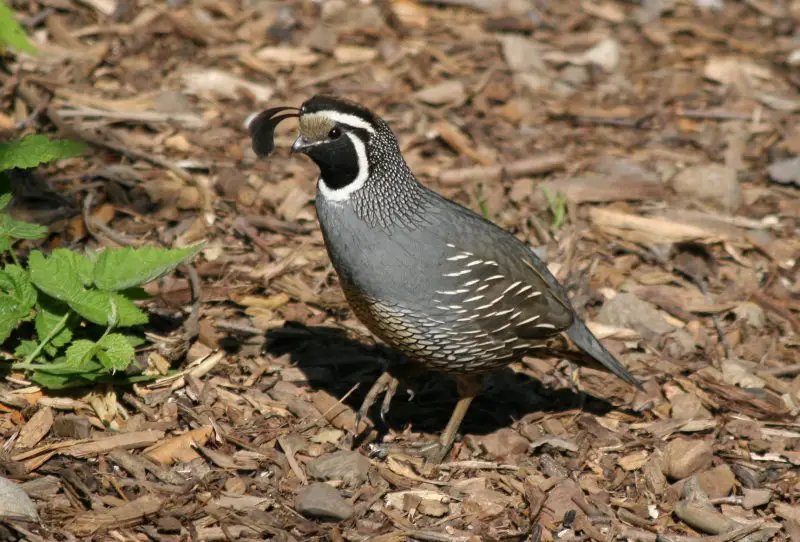
California Quail, a species introduced to parts of Georgia, has adapted remarkably well to local environments. These quails are instantly recognizable by the forward-curving plume on their heads, known as a topknot, and the intricate scaling pattern on their belly feathers. Males showcase bold colors with gray, black, and chestnut tones, while females have more muted shades that provide excellent camouflage.
California Quails are slightly larger than Northern Bobwhites, typically measuring 10 to 12 inches in length with a wingspan of 14 to 18 inches. Their distinctive topknot is a key feature for identification, often visible even at a distance. The males’ ornate markings, including a black face and white forehead patch, make them easy to distinguish, whereas females are predominantly gray-brown with subtle patterning.
These birds are highly social and are usually seen in coveys ranging from 10 to 20 individuals. California Quails are ground feeders that prefer scratching through leaf litter and soil for seeds, leaves, and insects. Their foraging behavior is methodical, often involving repeated trips to the same feeding grounds. The species exhibits a unique, fast-running escape response rather than relying solely on flight to evade predators.
California Quails inhabit a wide variety of habitats, including forest edges, brushy fields, and suburban parks. In Georgia, they are often found in the northern and central regions where introduced populations have become established. Observers have the best chance of seeing these birds in the morning or late afternoon when coveys are most active, feeding and moving through open areas. Seasonal changes in vegetation can influence their visibility, with dense summer foliage offering more cover and winter landscapes making them easier to spot.
Bobwhite Quail Hybrids (Northern x California)
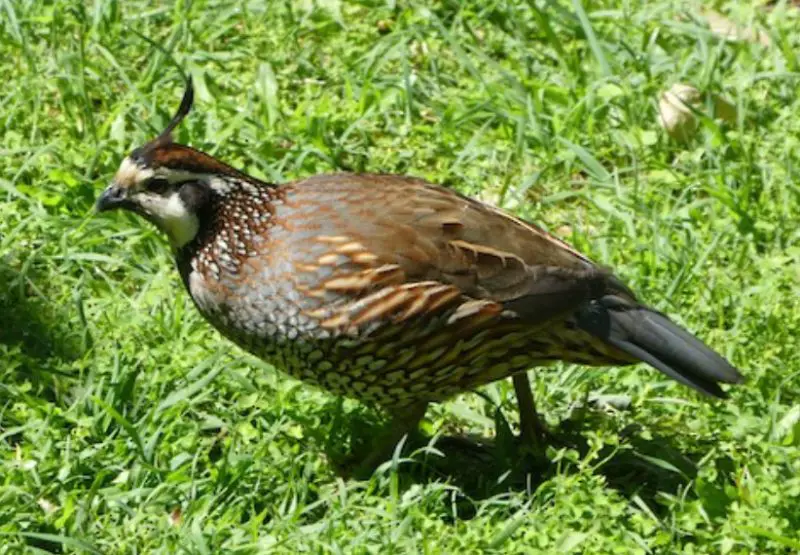
Hybrid quails resulting from interbreeding between Northern Bobwhites and California Quails are occasionally observed in Georgia. These hybrids display a fascinating mix of characteristics from both parent species, often combining the Northern Bobwhite’s white throat markings with the California Quail’s topknot and scaled belly pattern. Such hybrids provide birdwatchers with a unique opportunity to witness the blending of two distinct quail species.
In terms of size, hybrids generally fall between the two parent species, averaging 9.5 to 11.5 inches in length with a wingspan around 15 inches. Their plumage can vary widely, ranging from subtle combinations of brown and gray to more pronounced features like the male hybrid’s facial markings or the topknot presence. This variability can make identification a challenge but also a rewarding experience for keen observers.
Behaviorally, hybrids often exhibit intermediate tendencies. Like Northern Bobwhites, they may form larger coveys outside the breeding season but retain the California Quail’s preference for running and foraging along edges rather than in open fields. Their diet mirrors that of both parent species, including seeds, berries, and insects, depending on availability and season.
Hybrids tend to be found in areas where the habitats of Northern Bobwhites and California Quails overlap, often in transitional zones with mixed grasslands and brushy terrain. In Georgia, sightings are most common in regions where introduced California Quails have established populations near native Northern Bobwhite ranges. Observers are more likely to encounter hybrids during early spring mornings or late afternoons, particularly near dense cover and feeding areas. These mixed populations highlight the adaptability of quails and the ecological complexity of Georgia’s diverse landscapes.
Best Places and Times to Observe Quails in Georgia
Observing quails in Georgia requires an understanding of their preferred habitats and daily routines. Northern Bobwhites are most commonly found in open fields, hedgerows, and woodland edges, particularly in the southern and Piedmont regions. California Quails, though introduced, are increasingly found in the northern and central parts of the state, often near brushy areas or suburban edges. Hybrid quails tend to occupy transitional habitats where these species overlap.
The ideal times for quail observation are early morning and late afternoon, when birds are actively feeding and calling. During these periods, males may be more vocal, and coveys are often seen moving through open areas in search of food. Seasonal patterns also influence visibility; spring and early summer are best for observing courtship behavior and nesting, while fall and winter allow for easier spotting due to reduced foliage.
Patience and quiet movement are essential for successful quail observation. Using binoculars and listening for the characteristic “bob-white” whistle of Northern Bobwhites or the fast, high-pitched call of California Quails can greatly improve the chances of locating these birds. Dense brush, tall grasses, and field edges provide not only cover for the birds but also natural pathways for observation without causing disturbance.
Quail Behavior and Feeding Habits
Quails in Georgia are primarily ground dwellers, relying on dense vegetation for protection from predators. They have short, rounded wings that allow for rapid bursts of flight but make them more comfortable running through underbrush. Social behavior is prominent, with coveys providing safety in numbers and facilitating cooperative foraging.
Feeding habits vary slightly between species. Northern Bobwhites rely heavily on seeds, grains, and insects, adjusting their diet seasonally to meet nutritional needs. California Quails focus on seeds, leaves, and occasional invertebrates, often scratching through leaf litter to uncover hidden food. Hybrids adopt a mix of these behaviors, demonstrating adaptability and opportunistic feeding strategies.
Courtship and breeding behaviors are fascinating to observe. Males often display colorful plumage and perform calling routines to attract mates. Nesting occurs on the ground, usually hidden beneath tall grasses or brush, making nests difficult to find without disturbing the birds. This secretive behavior underscores the importance of minimizing human impact when attempting to observe or photograph these birds in the wild.
Conservation and Habitat Considerations
Quail populations in Georgia have faced pressures from habitat loss, agricultural expansion, and predation. Maintaining a balance between open fields, brushy cover, and forested edges is crucial for supporting healthy quail populations. Conservation efforts, including planting native grasses and creating brush piles, have been effective in providing shelter and food resources.
Understanding the habitat preferences of each species aids both conservation and observation efforts. Northern Bobwhites prefer grassland mosaics with shrubs for nesting and cover. California Quails are more adaptable, thriving in a variety of brushy and edge environments. Hybrids benefit from a mixture of these habitats, highlighting the importance of preserving diverse landscapes to support genetic and behavioral diversity.
Summary
Georgia hosts three fascinating quail types: the Northern Bobwhite, the California Quail, and their hybrids. Each species presents unique identification features, from the Northern Bobwhite’s striking facial markings to the California Quail’s distinctive topknot. Their behaviors, feeding patterns, and habitat preferences offer birdwatchers and nature enthusiasts rewarding observation opportunities throughout the year. By understanding where and when to look, and respecting their secretive nature, quail enthusiasts can enjoy remarkable encounters with these iconic Georgia birds.
Early mornings and late afternoons, particularly in spring and fall, offer the best chances to observe these birds actively calling, feeding, and moving through their habitats. Protecting and appreciating the varied landscapes they inhabit ensures that future generations can continue to enjoy the charm and diversity of Georgia’s quail populations.
FAQs About Quails in Georgia
What are the main types of quail found in Georgia?
Georgia is home to three primary quail types: the Northern Bobwhite, the California Quail, and occasional hybrids between the two. Northern Bobwhites are native, while California Quails have been introduced and adapted to certain regions. Hybrids display a mix of features from both species.
How can I identify a Northern Bobwhite?
Northern Bobwhites are plump, ground-dwelling birds with males having a bright white throat and eyebrow stripe against a darker face. Females are more muted in color, usually buff and brown, making them excellent at camouflage. They measure about 9–11 inches in length with a wingspan of 14–16 inches.
How do California Quails differ from Northern Bobwhites?
California Quails are slightly larger, around 10–12 inches, and have a distinctive forward-curving plume on their head called a topknot. Males are gray, black, and chestnut with bold facial markings, while females are gray-brown and less conspicuous. They prefer running through brush rather than flying when threatened.
What are quail hybrids and how are they identified?
Hybrid quails result from interbreeding between Northern Bobwhites and California Quails. Their plumage can vary widely, often combining the Bobwhite’s white throat with the California Quail’s topknot or scaled belly. Hybrids generally measure between 9.5–11.5 inches and can display intermediate behaviors of both parent species.
What habitats do quails prefer in Georgia?
Northern Bobwhites favor open fields, hedgerows, and woodland edges with tall grasses for cover. California Quails thrive in brushy areas, forest edges, and even suburban parks. Hybrids are typically found in transitional zones where the habitats of the two species overlap.
When is the best time to observe quails?
The early morning and late afternoon are ideal for quail observation, as birds are actively feeding and moving. Spring and early summer are excellent for observing courtship behavior and mating calls, while fall and winter make spotting birds easier due to reduced foliage.
What do quails eat?
Quails are primarily ground feeders. Northern Bobwhites eat seeds, grains, and insects, with more insects in spring and summer. California Quails focus on seeds, leaves, and invertebrates. Hybrids adopt a mix of these diets depending on availability.
Are quails easy to spot in Georgia?
Quails are secretive and rely on dense vegetation for protection. They are easier to spot in open areas during feeding times or in winter when foliage is less dense. Listening for the “bob-white” call of Northern Bobwhites or the high-pitched call of California Quails can help locate them.
How do quails behave socially?
Quails are highly social, often forming coveys of 10–30 individuals outside the breeding season. Coveys provide safety in numbers, facilitate feeding, and allow birds to communicate through calls. They rely on running through cover or short bursts of flight to evade predators.
Are quail populations in Georgia declining?
Some quail populations, especially Northern Bobwhites, face pressures from habitat loss, agricultural expansion, and predation. Conservation efforts that maintain open fields, brushy cover, and diverse landscapes are essential to support healthy populations.

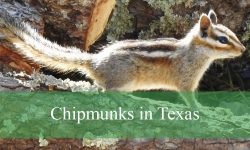
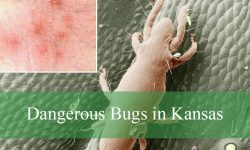
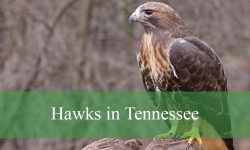
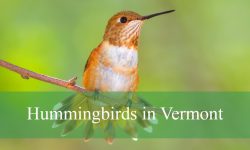
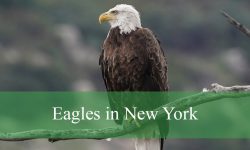

I live in southern most Georgia. I am very interested in setting up a quail habitat on 2 acres of wooded grassy land way out in the country. Can someone point me in the right direction to get started. Your help would be greatly appreciated. Thank you.